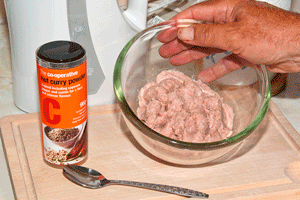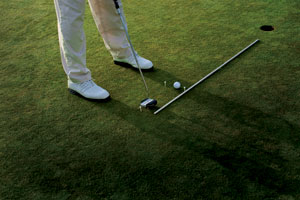fiberglass rebuild
Question
I have an old fiberglass surf rod. The finish is peeling off in places. It was spinning and I want to convert it to conventional. I have removed the eyes and cork tape. There is a thick coating of epoxy where the wraps and guides were. Also there is glue left on the blank from the cork tape.
My questions: What can I use to remove the glue? Is scraping the only way to remove the old epoxy? Is it necessary to remove all the old epoxy or just what is flaking?
Answer
Hi Jeff,
Good question and one that I hear a lot.
There are two kinds of epoxy used in rod building. They are very different and serve very different purposes.
One is a two part glue used to adhere components together and to the rod blank. This would be what was used to secure the cork tape to the blank to form the long handle. This mixture is a glue and will stick to the rod blank and to pretty much anything else it comes in contact with. Typical products are Rod Bond, Flex Coat, 5-minute or 15-minute epoxy (like Loc-Tite), and various others that can be found at rod building supply stores and some hardware stores. For most two part epoxy glues used in rod building you can clean off excess, spills, mistakes or fingertips with Isopropyl (rubbing) alcohol or denatured alcohol. Isopropyl is cheaper and works fine. Clean up while it's wet using a coffee filter soaked in alcohol.
Once this glue is set, as you have noticed, it won't come loose easily. For this part of the rod you have two choices. Use the flat side of a knife blade or exacto blade or plastic picnic knife to try to scrape the glue off. Hold the flat (not sharp) side of the blade perpendicular to the rod blank and scrape along the glue. If it is going to come off, it will pop loose in small chunks and possibly longer strips. If not, you will need to sand the area to remove the glue.
You do want this area to be smooth so the new cork tape lies properly and forms the new handle. Go slowly starting with something like 150 or 220 grit paper. Check often to see how you are doing and clean the sandpaper. Do not cut into the blank. It is OK if you put fine scratches in the paint on the blank, but no cuts or deep gouges into the fiberglass itself...go slow, be careful. Change paper to something finer like 400 or 600 as you get closer to the blank. When you have the glue removed to the point that the blank is smooth enough to allow the new cork tape to go on evenly, you're done.
Apply a thin (think real thin) layer of epoxy glue to the area and wrap on the new cork tape. Trim the ends, clean up the excess epoxy and keep the ends held against the blank until the epoxy sets. If you have any epoxy squeeze out between wraps, wipe it off while wet. The alcohol won't harm the cork tape and you certainly don't want any epoxy bumps remaining as you slide your hands up and down the handle.
The other type of epoxy is also a two part mixture that is used to coat the threads and decals on the rod forming the final finish. This epoxy is specially formulated for this purpose is its job is to protect the threads and decals from water and UV damages. This is not a glue. Brands like LS Supreme, Threadmaster and Flex Coat (not the glue) are typical and available at any rod building supply store. This type of epoxy also cleans up with alcohol.
Finish epoxy serves to keep water and UV rays from damaging the threads and decals on the rod. When you apply it make sure you apply slightly past the edge of the thread wraps and the decals to assure a seal on the edge so water cannot get under and rot the threads or lift the decals. This type of epoxy does not actually stick to the rod blank. You should be able to peel it away from the blank along with the threads.
If not, try warming it with a hair dryer on the lowest setting for a few seconds. Don't get too close or get the blank too hot, just warm the epoxy and it should peel off. Residual finish can be scraped with the flat side of a knife blade as well...be careful on this part of the blank it is easier to nick and scratch and do damage. Residual finish can also be softened and removed with alcohol, a coffee filter and a little elbow grease.
Once you have wrapped the new guides in place and applied any decals you plan to use, you apply new epoxy finish to the wraps and the decals. If you need help applying the finish to the wraps, let me know and I'll go through those steps as well.
By the way, once you have the rod blank cleaned of all epoxy glue and epoxy finish, now is the time to paint if it needs painting. Scuff the rod with a scotch pad and use the Krylon spray paint for plastic lawn furniture...it has the flex agent built into it and will work good.
Thanks, Joe
help
South Bend #346 Fly Rod


